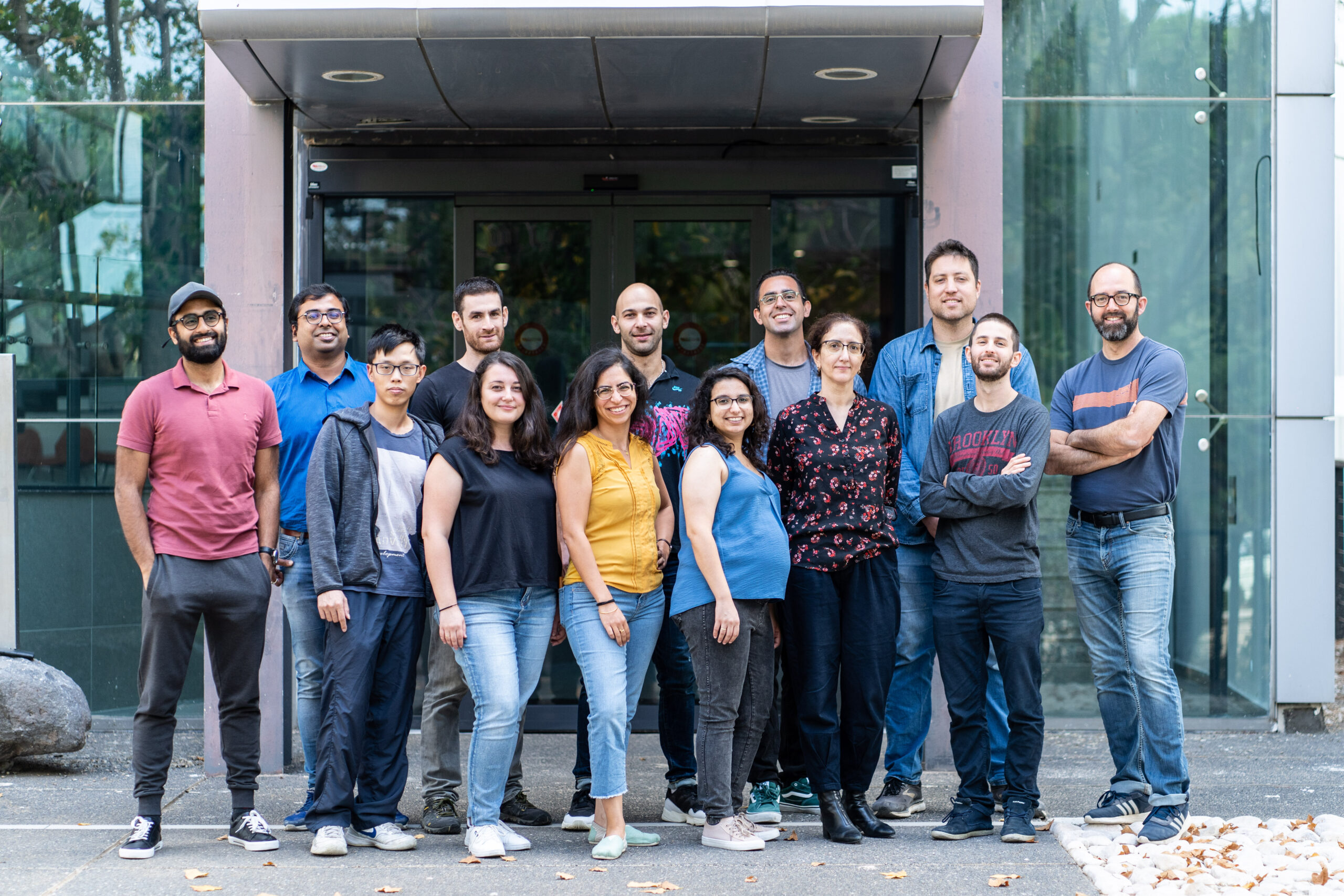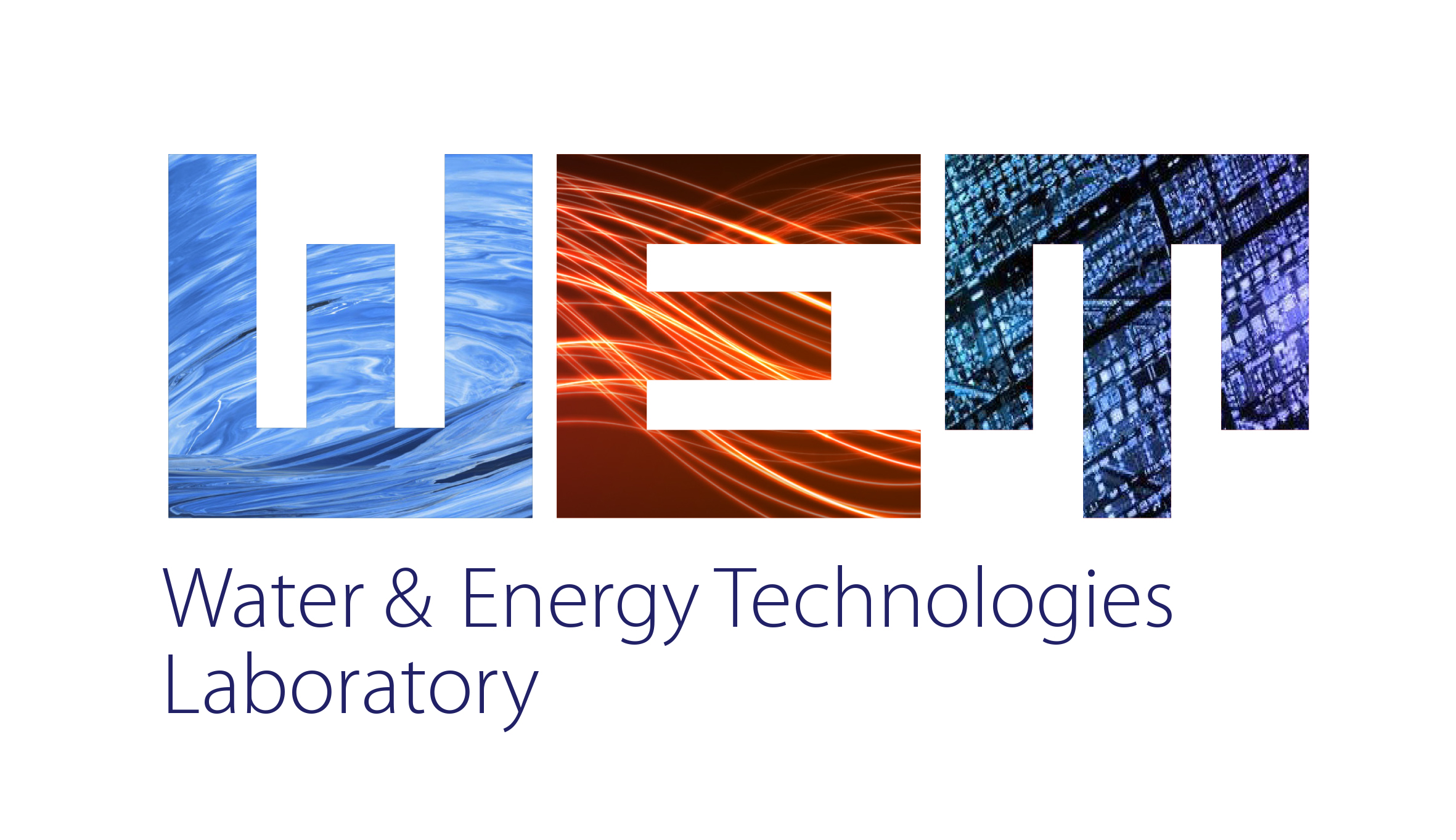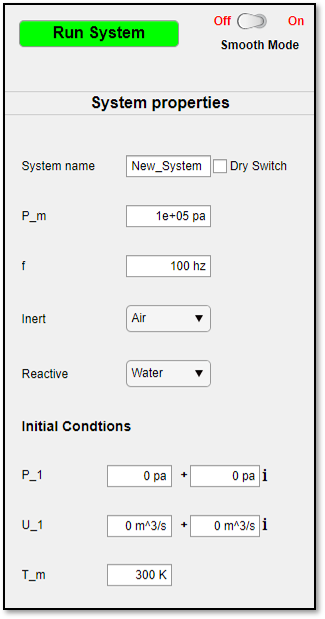Thermoacoustics
Sound waves – oscillating pressure and velocity fields – bear a striking resemblance to pistons. They are ‘virtual’ pistons, since they do not require any moving parts, or lubricated close-tolerances, with intricate and often expensive construction. As such, they may be made to perform useful work, much like any mechanical piston.
Heat engines and pumps perform most of the energy conversion in modern society, be it electricity production, air-conditioning or refrigeration. Replacing these machines with their acoustic analogs represents an exciting prospect – such machines hold the promise of simple, cheap construction, requiring no exotic materials or harmful fluids.
Converting heat into a pressure wave is quite like the thunder that follows a lightning bolt – a rapid expansion of air that propagates as sound. In the presence of a locally large enough temperature gradient, sound is generated spontaneously and may be sustained as long as the required heat is supplied.
Here you can see one of our engines, in which heat is supplied at the bottom where it converts into sound waves, and the rest of the chamber (resonator) acts as a gas spring to control the frequency of oscillations. Such a device can generate extremely intense sound waves (think of putting your ear next to a jet engine), which can be used to power a small acoustic refrigerator.
These acoustic instabilities are studied in an attempt to gain better knowledge of how they may be generated controllably. In particular, we are looking for ways to reduce the temperature gradient at which these oscillations are excited, so that low-grade heat may be used as the energy source – for example, using simple rooftop solar collectors.
Publications
Yang, R., Meir, A., Ramon, G.Z. (2022) "A standing-wave, phase-change thermoacoustic engine: Experiments and model projections" Energy 258, 124665. (pdf)
Offner, A., Ramon, G.Z. (2021) “Acoustic instability in aerosols” Journal of Engineering Mathematics 129, 16. (pdf)
Brustin, T., Offner, A., Ramon, G.Z. “Effect of gas mixture on temperature and mass streaming in a phase-change thermoacoustic engine” (2020), Applied Physics Letters 116(24), 243701. (pdf)
Yang, R., Meir, A., Ramon, G.Z. (2020) “Theoretical performance characteristics of a traveling-wave phase-change thermoacoustic engine for low-grade heat recovery” Applied Energy 261, 114377. (pdf)
Offner, A., Felman, D., Elkayam, N., Agnon, Y., Ramon, G.Z. (2019)“Acoustic oscillations driven by boundary mass exchange” Journal of Fluid Mechanics 866, 316-349. (pdf)
Meir, A., Ofner, A., Ramon, G.Z. (2018) "Low-temperature energy conversion using a phase-change acoustic heat engine" Applied Energy 231, 372-379. (pdf)
Offner, A., Ramon, G.Z. (2016) "Modelling of micro-scale thermoacoustics" Applied Physics Letters 108, 183902. (pdf)

Heat Pumps
Enhancing Heat Transfer by Phase Change
Thermoacoustic heat-pumps work just like their heat-engine counterparts, but in a reverse manner. After a sound wave is induced, by a thermoacoustic engine or a loudspeaker, it may then interact with solid surfaces, driving heat from one side to the other.
The heat transfer accompanying the pressure oscillations was historically based on solid-gas conduction. In our work we introduce a phase changing fluid, such as water vapor, to intensify this mechanism by storing and releasing large amount of energy in the process of phase change.
Publications
Yang, R., Blanc, N., Ramon, GZ (2022) "Theoretical performance characteristics of a travelling-wave phase-change thermoacoustic heat pump" Energy Conversion and Management 254, 115202. (pdf)
Vardi-Chouchana, A., Ramon, G.Z. (2021) "Acoustically Driven Sorption Heat Pump" Physical Review Applied 16 (4), 044044. (pdf)
Yang, R., Blanc, N., Ramon, G.Z. (2021) “Environmentally-sound: An acoustic-driven heat pump based on phase change” Energy conversion & Management 232, 113848. (pdf)
Yang, R., Meir, A., Ramon, G.Z. (2020) “Theoretical performance characteristics of a traveling-wave phase-change thermoacoustic engine for low-grade heat recovery” Applied Energy 261, 114377. (pdf)

Compression
Harnessing Pressure Oscillations
Sound waves are essentially an oscillating gas flow. When the amplitude is sufficiently enhanced, this flow can be recovered and used to compress gas, which in turn can be used in various applications such as pumping equipment and general-use air compressors, while being heat-driven and with no moving mechanical parts.
Radiation-Based Acoustic Energy
Direct Radiation-to-Acoustics Conversion
Classical Thermoacoustic conversion is induced by conduction through gas-solid interactions. This can cause a significant viscous attenuation of the sound wave, especially in traveling wave devices which are the state of the art in this field. We are researching an alternative mechanism that might induce a thermoacoustic instability, based on the interaction of a sound wave with a radiation field in an absorbing fluid media. We hope to leverage this interaction towards a new generation of thermoacoustic engines with negligible viscous dissipation.
Mass Pumps
Separation by Sound Waves
Phase-change interactions such as adsorption-desorption and evaporation-condensation can be mediated in a selective manner when induced by a sound wave. For example, if one gas component has higher affinity to an adsorptive surface, a net flux of this component will initiate, effectively separating the gas into a high concentration and low concentration area. This phenomenon can be used to make gas separation and distillation devices, driven purely by sound waves.
Publications
Blayer, Y., Elkayam, N., Ramon, G.Z.(2019) “Phase-dependence of sorption-driven streaming in an acoustic field” Applied Physics letters 115, 033703. (pdf)
Weltsch, O., Offner, A., Liberzon, D., Ramon, G.Z. (2017) "Adsorption-mediated mass streaming in a standing acoustic wave" Physical Review Letters 118, 244301. (pdf)
PC-TAS Thermoacoustic Simulator
Designing Better Devices with Phase-Change
PC-TAS is a simulation software for 1D acoustics and thermoacoustics. Developed in the Water and Energy Technologies Laboratory, it is the only available simulation tool for phase-change thermoacoustics.
Publications
Yang, R., Blanc, N., Vardi-Chouchana, A., Ouzana, N., Ramon, G.Z. (2022) "PC-TAS: A design environment for phase-change and classical thermoacoustic systems" SoftwareX 19, 101142. (pdf)
VISIT US!








